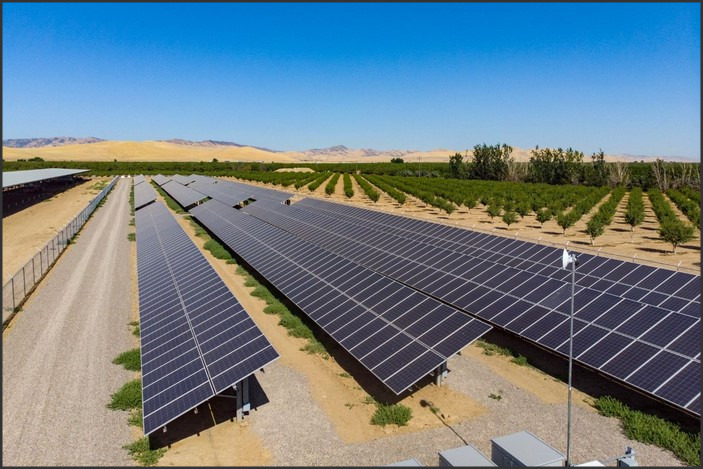Starting a Solar Farm: Harnessing the Power of Renewable Energy

Source : https://coldwellsolar.com
Starting a Solar Farm: Harnessing the Power of Renewable Energy is an insightful exploration into the world of sustainable energy production. It delves into the process of establishing a solar farm, a large-scale application of solar photovoltaic (PV) panels to generate green, clean energy from the sun. This introduction provides a comprehensive guide on the benefits of solar farms, the technology behind it, the investment and planning required, and the potential challenges one might face. It aims to equip readers with the knowledge and understanding needed to venture into this promising field of renewable energy.
The Comprehensive Guide to Starting a Solar Farm: Harnessing the Power of Renewable Energy
Starting a solar farm is an innovative and sustainable business venture that harnesses the power of renewable energy. As the world continues to grapple with the effects of climate change, the demand for clean, renewable energy sources is on the rise. Solar farms, which are large-scale photovoltaic systems, are becoming increasingly popular as they offer a viable solution to reducing carbon emissions and promoting energy independence.
The first step in starting a solar farm is conducting a feasibility study. This involves assessing the suitability of the proposed site for solar energy production. Factors such as the amount of sunlight the area receives, the slope and orientation of the land, and the proximity to power lines and grids are all crucial considerations. Additionally, it’s important to evaluate the local market demand for solar energy and the potential return on investment.
Once the feasibility study is complete, the next step is to secure the necessary permits and approvals. This process can be complex and time-consuming, as it involves complying with local zoning laws, environmental regulations, and building codes. It’s advisable to engage the services of a professional consultant or legal expert to navigate through this process.
Securing financing is another critical aspect of starting a solar farm. The initial investment required can be substantial, given the cost of purchasing or leasing land, procuring solar panels, and installing the necessary infrastructure. However, there are various financing options available, including bank loans, grants, and tax incentives. It’s also worth exploring partnerships with energy companies or investors who are keen on investing in renewable energy projects.
Once the financing is in place, the next step is to design and construct the solar farm. This involves selecting the right type of solar panels, determining the optimal layout for maximum sunlight exposure, and installing the necessary equipment such as inverters and transformers. It’s crucial to engage a reputable solar installation company to ensure the project is executed to the highest standards.
After the solar farm is operational, ongoing maintenance and monitoring are required to ensure optimal performance. This includes regular cleaning of the solar panels, checking the electrical connections, and monitoring the system’s output. It’s also important to have a contingency plan in place for any potential issues, such as equipment failure or extreme weather conditions.
Starting a solar farm is not just a profitable business venture, but also a significant contribution to the global effort to combat climate change. By harnessing the power of the sun, solar farms provide a clean, renewable source of energy that reduces our reliance on fossil fuels and promotes a sustainable future.
In conclusion, starting a solar farm involves a series of steps, from conducting a feasibility study to securing financing, designing and constructing the farm, and maintaining and monitoring its performance. Despite the challenges, the rewards are manifold, both in terms of financial returns and the positive impact on the environment. As the world continues to transition towards renewable energy, solar farms represent a promising and sustainable solution.Starting a solar farm to harness the power of renewable energy is a viable and sustainable venture. It offers significant environmental benefits by reducing carbon emissions and dependence on fossil fuels. It also provides economic advantages through job creation, energy cost savings, and potential income generation from excess power production. However, it requires substantial initial investment, careful planning, and compliance with regulatory requirements. Despite these challenges, the long-term benefits of solar farms make them a promising solution for future energy needs.





